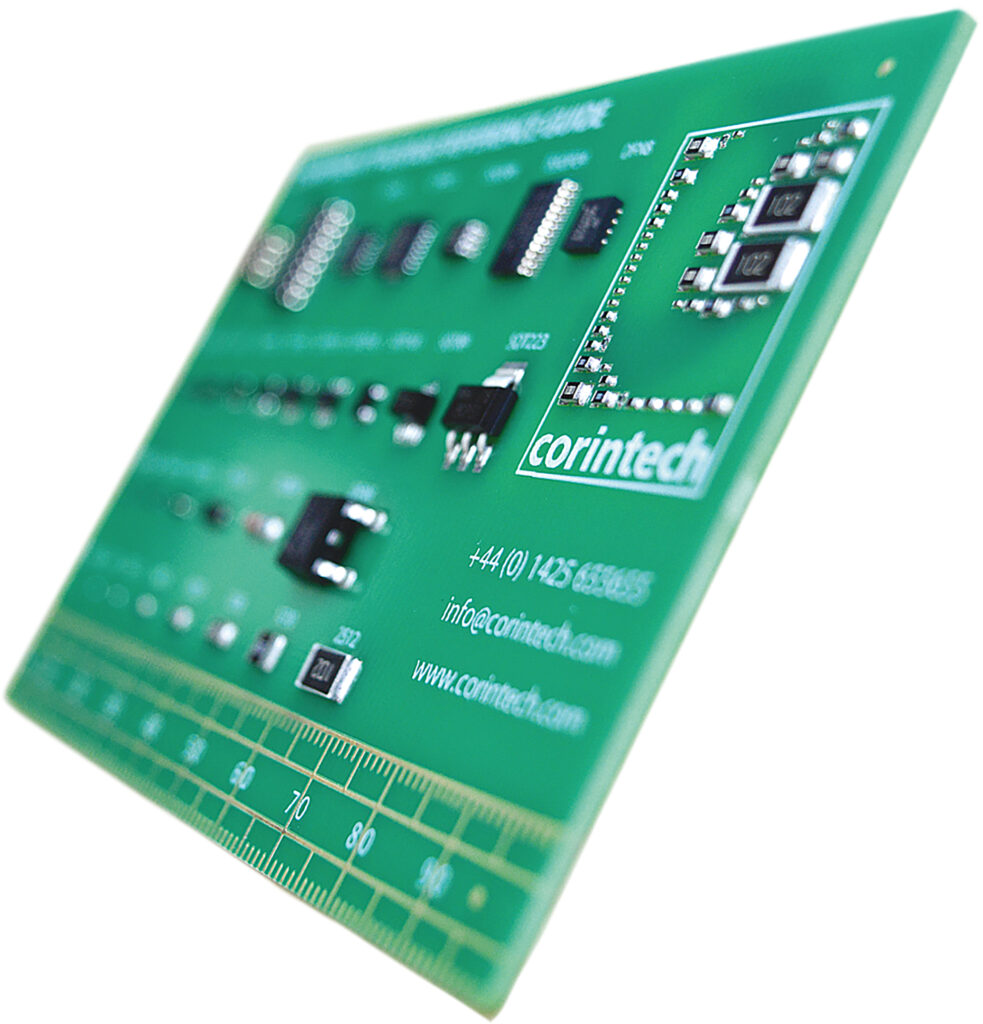 Corintech’s procurement manager, Marc Cornelis, explains how manufacturing success is driven by hard work, responsiveness and engineering and logistics expertise
Corintech’s procurement manager, Marc Cornelis, explains how manufacturing success is driven by hard work, responsiveness and engineering and logistics expertise
Electronics purchasing professionals have had to adapt to significant challenges in recent years. The supply chain has become increasingly complex, forcing many OEMs and CEMs to develop new ways of working and rely more heavily on unauthorised brokers to help them source the components they need in the quantities and timescales required.
The last few years have seen increasing numbers of components going obsolete, plus shortages in passives and semiconductors. Scarcity of many components, versus the market requirement for them, has increased lead-times and component cost. This has been particularly difficult for CEMs where typically low profit margins can be quickly diminished as a bill-of-material’s cost increases.
A scarcity market is also a market ripe for counterfeit components. This is a key reason for increased reliance on brokers. Counterfeit parts can be difficult to spot and can cause serious problems such as product failures or safety hazards. Brokers and independent test facilities, who specialise in sourcing and verifying components, can help reduce the risk by thoroughly vetting suppliers and distributors.
Another trend in recent years has been an increase in product redesigns. This is partly due to the rapid pace of technological change and need to stay ahead of competition. However, it was also driven by the supply chain issues discussed above and need to use more readily available, cost-effective components. This resulted in the requirement for more frequent component comparisons and circuit redesigns which can be time-consuming and require specialist engineering resource. All this adds cost and delay to a project.
Transport costs have also become a significant factor in sourcing decisions. Ongoing trade tensions between the US and China have led to higher tariffs and shipping costs, which have made it more expensive to import components from China. This has prompted many companies to look for alternative sources of components in other countries, such as Southeast Asia or Mexico.
Finally, the ongoing outfall from the pandemic majorly impacted the electronics industry, further disrupting supply chains. This forced purchasing professionals to be more agile and to have contingency plans in place in case of disruptions.
Companies that managed to navigate these challenges successfully have had to work incredibly hard, be responsive to a fast-changing environment and apply significant engineering and logistics expertise. They have had to control costs while maintaining high-levels of quality and component traceability.
